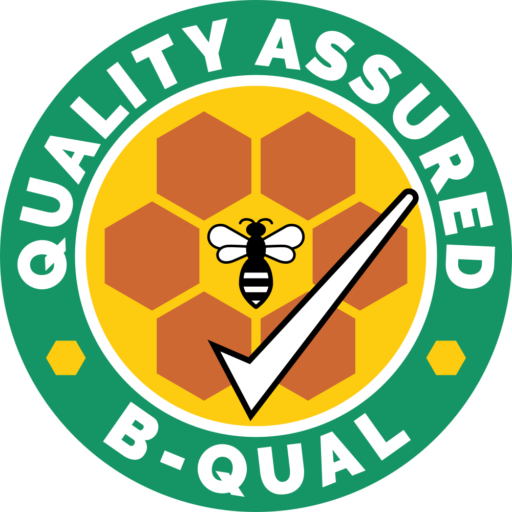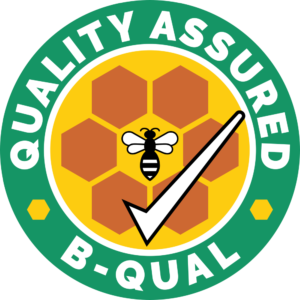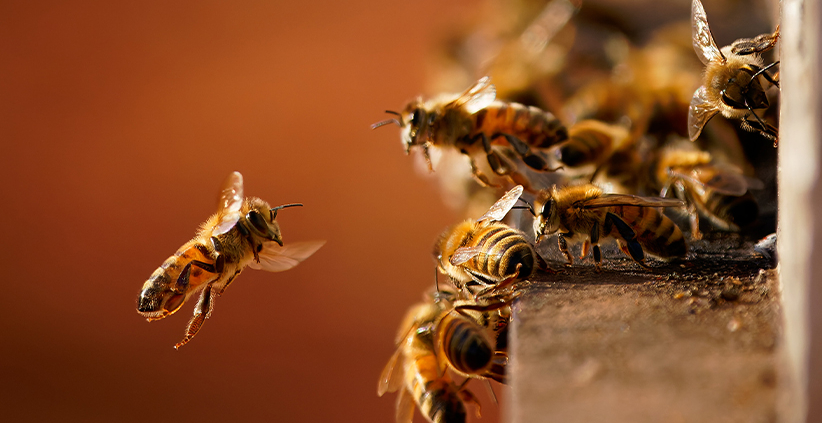Reducing Your Carbon Footprint in Beekeeping
Sustainability Starts in the Apiary
For commercial and dedicated hobbyist beekeepers in Australia, the conversation about sustainability has become impossible to ignore. Climate change, rising fuel costs, and shifting weather patterns are affecting floral resources and bee health alike. As guardians of one of nature’s most critical pollinators, beekeepers are uniquely positioned to lead by example — and that begins with reducing the carbon footprint of their own operations.
Rethinking Transport and Hive Placement
Transport is one of the largest contributors to carbon emissions in beekeeping, especially for migratory and pollination-based businesses. Reducing travel distances between apiary sites and forage sources can make a significant impact. Some commercial operators are now collaborating with local farmers to establish pollination partnerships, reducing the need for long-haul hive movements.
Additionally, investing in more efficient vehicles or consolidating hive movements to minimise trips can yield both environmental and financial benefits. Mapping out routes using GPS and scheduling maintenance to keep engines running efficiently are simple but effective steps towards greener logistics.
Energy Efficiency in Honey Extraction and Storage
Another key area where emissions can be reduced is in the honey house. Running extractors, heaters, and storage equipment consumes substantial energy — particularly for large-scale producers. Switching to renewable energy sources, such as solar panels, can offset much of this demand.
Insulating honey sheds and using energy-efficient equipment also reduces overall consumption. Even small upgrades, such as LED lighting or variable speed drives on extractors, can contribute to lower emissions and lower bills. For many, a hybrid model — combining on-site solar with grid power — strikes the right balance between cost and sustainability.
Sourcing and Waste Reduction
Sustainability also extends to materials. Opting for locally produced timber, recycled wax foundation, or sustainably sourced packaging reduces the hidden emissions tied to transportation and manufacturing. Reusing and repurposing old hive components where possible not only saves money but reduces waste going to landfill.
Commercial beekeepers can also look into closed-loop systems, where wax cappings, propolis, and excess honey are recycled or repurposed into value-added products. This approach minimises waste while creating additional income streams.
Feeding and Chemical Use
While supplementary feeding and mite treatments are sometimes necessary, their production and disposal can contribute to environmental impact. Choosing natural or organic feed options and using integrated pest management (IPM) practices can reduce reliance on synthetic chemicals and imported feedstocks. These approaches not only support bee health but also align with consumer demand for more sustainable and ethically produced honey.
Leading the Way for a Greener Future
Reducing a carbon footprint isn’t about perfection — it’s about progress. By making conscious choices at every stage of production, from transport to hive management, Australian beekeepers can demonstrate that commercial viability and environmental responsibility go hand in hand. The future of beekeeping depends not only on the health of bees but on the health of the planet they pollinate.
– Become BQUAL certified –

Proudly display the B-QUAL logo and demonstrate your enterprise is operating in accordance with the industry requirements and expectations of consumers, markets, regulatory authorities and the wider community, in relation to the key issues of food safety and industry best practices.



